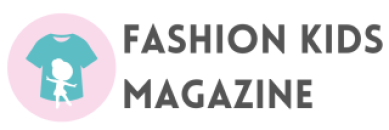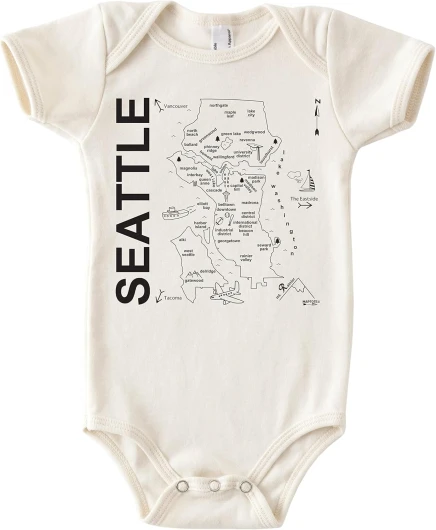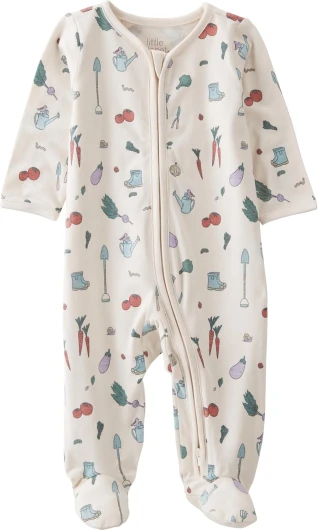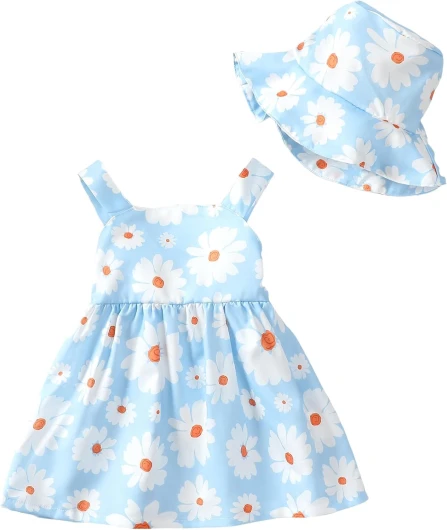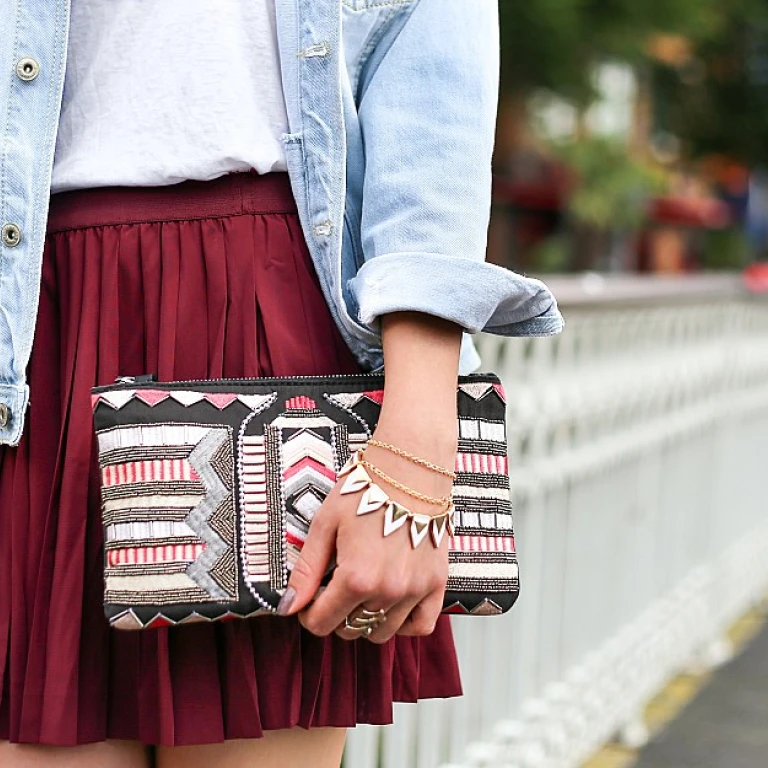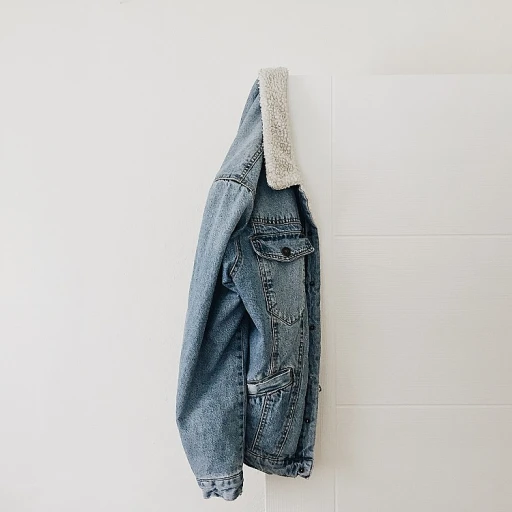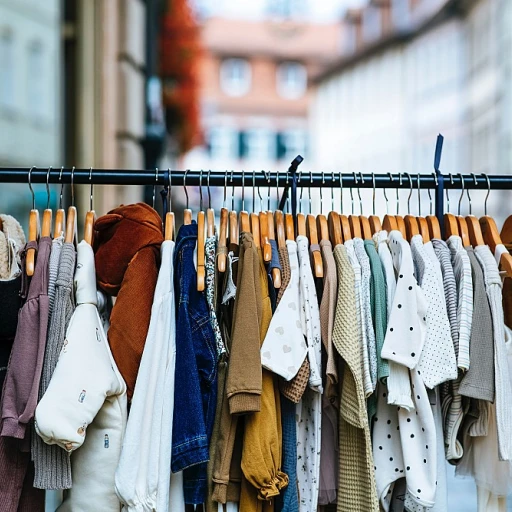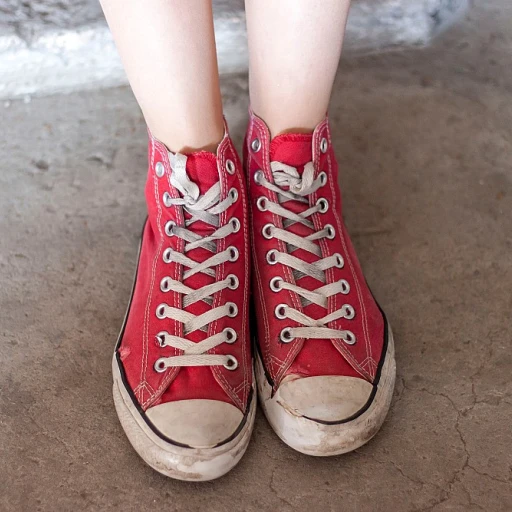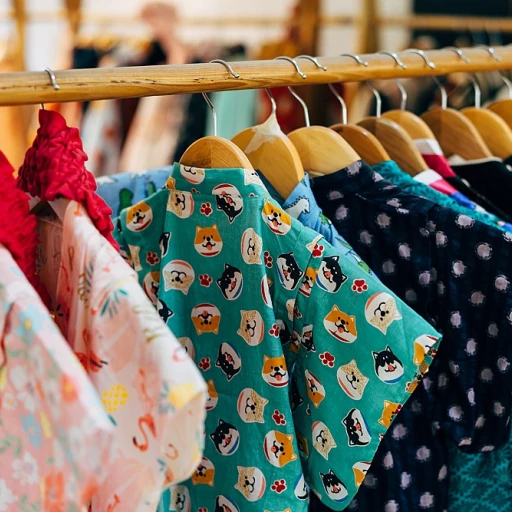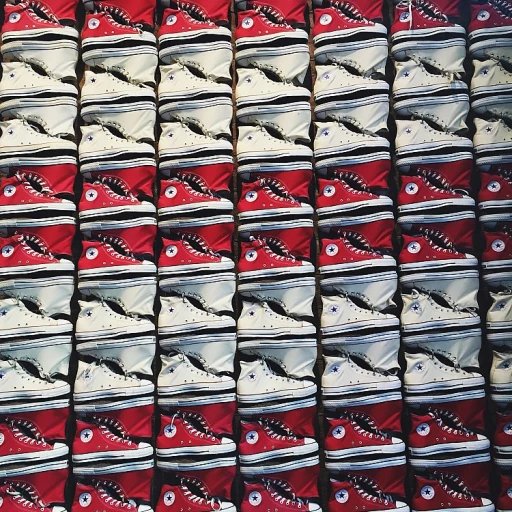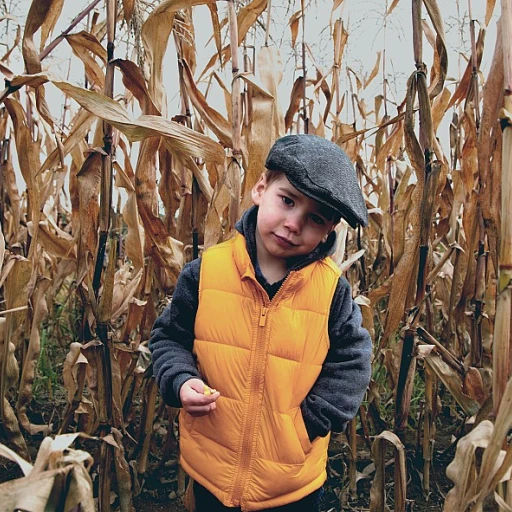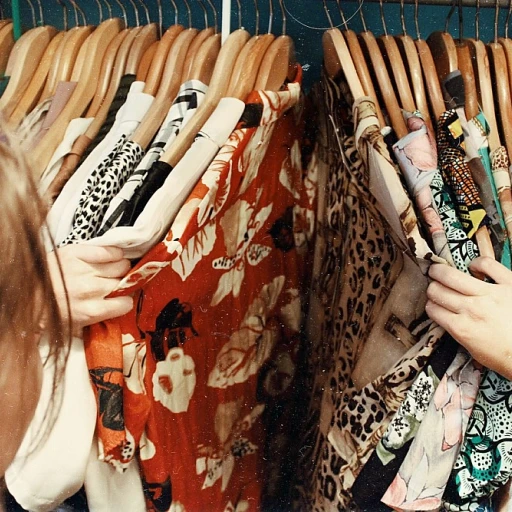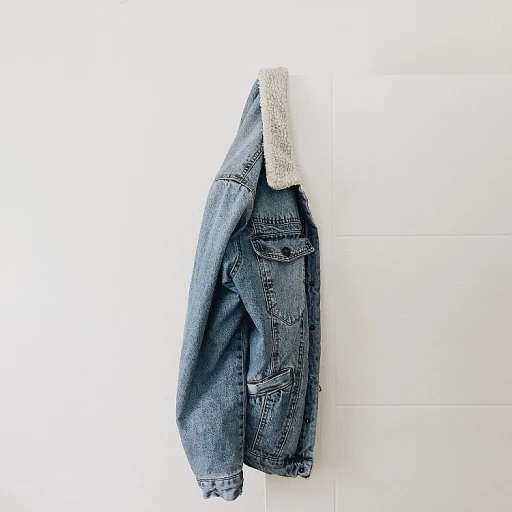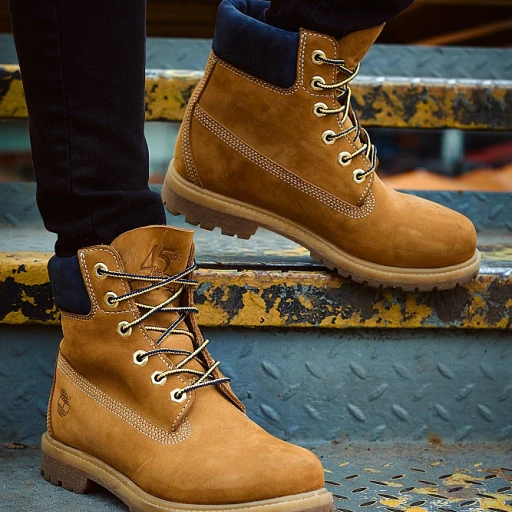
Understanding baby clothing sizes: what does size 74 mean?
What size 74 means in baby clothes
Understanding baby clothing sizes can be a bit challenging for parents, especially when they encounter numerical sizes like '74'. So, what does size 74 actually mean in baby clothes? Essentially, size 74 is based on a child's height in centimeters. It typically fits babies who are around 9 to 12 months old, with an average height of 74 cm, or about 29 inches. This size designation is primarily used in European countries, but it can also be found in brands that use international sizing standards.
Did You Know? One of the most significant challenges globally is the lack of a standardized sizing system for baby clothes, causing confusion for parents who shop across different brands and countries.
When it comes to figuring out what size will fit your baby, it's crucial to pay attention not only to the height measurement but also to other dimensions like the chest, waist, and hip sizes. For example, a size 74 usually means a chest size of approximately 48 cm (about 19 inches), a waist size of 47 cm (around 18.5 inches), and a hip size of about 48 cm (approximately 19 inches).
European vs. us baby clothing sizes
One common confusion arises when comparing European sizing (like size 74) to sizes in the United States. In the US, baby's clothing sizes are mostly labeled by age, such as 6-12 months. However, these age-based labels can vary substantially between different brands and aren't always reliable.
Conversion charts: making sense of baby clothing sizes
Using conversion charts can be incredibly helpful. For example, a size 74 in European sizing generally correlates to a size 6-12 months in the US. It's always wise to consult the brand-specific size charts to ensure a proper fit. Many online stores offer detailed size charts to help you choose the right baby clothing size.
In addition to height, understanding your baby's chest, waist, and hip measurements in both centimeters and inches can save you a lot of guesswork and hassle. For instance, if you're shopping in Italy, France, or Switzerland, the sizes are usually in centimeters, similar to the European standard, making them somewhat consistent across these countries.
How to measure your child for size 74 baby clothes
How to measure your child for size 74 baby clothes
So, let's figure out this whole measuring thing! It can get super confusing, but let's make it easy so you don't pull your hair out.
Height
First off, height is a top priority. Grab a measuring tape and measure from the top of your baby's head to their heel. Size 74 usually fits babies who are 68-74 cm tall.
Chest
Next up, the chest. Wrap the measuring tape around the fullest part of your little one's chest. Your baby standing still for this might be a miracle, but it’s super important to get an accurate chest size, especially since size 74 is designed to fit a chest circumference of around 48 cm.
Waist
On to the waist. Measure around where their natural waistline is, typically just above the belly button. The waist measurement for size 74 baby clothes is approximately 47 cm.
Hips
Let's not forget the hips. Measure around the fullest part of the hips. For size 74, you are looking at a hip circumference of roughly 49 cm.
Leg Length/Inside Leg
Lastly, measuring the inside leg is crucial if you’re picking out pants or rompers. Start from the crotch to the bottom of the foot. This can give you the inseam measurement which is typically around 22 cm for size 74.
Having all these accurate measurements is like unlocking a treasure trove of correctly fitting clothes for your baby. Don't worry if it's overwhelming at first; it gets easier with a little practice!
For more about the latest in baby fashion tips, click here.
Comparing size 74 with other international baby clothing sizes
Comparing size 74 with other international baby clothing sizes
Understanding how size 74 in baby clothes stacks up against international sizes can save a lot of guesswork, especially if you often shop online or travel. Let's break it down:
European sizes
Europe often uses centimeters to denote sizes. In this system, size 74 typically indicates clothes meant for babies roughly 6 to 9 months old. This directly translates to the baby's length in centimeters.
U.S. sizes
In the United States, sizes are often labeled by age. Therefore, size 74 in Europe roughly equates to a 6-9 months size in the U.S., but keep in mind variations exist between brands.
U.K. sizes
The United Kingdom follows a similar pattern to the U.S., using age as more of a guideline. So, similar to the American system, size 74 would likely be labeled as 6-9 months.
Australian sizes
Australia usually uses a similar format to the U.K. and U.S. As yet again, size 74 would usually fit babies aged between 6 to 9 months here.
Other international conversions
Italy and France often use similar sizing methods to other European countries but always check. For instance, a size 74 in Italy would also be apt for babies aged 6-9 months.
It's crucial to note that while these conversions can provide a helpful guideline, actual fit can vary. Brands differ in their cut and flexibility, so always consider the fabric and stretch. Check the brand's size charts, and if possible, read reviews or customer feedback.
For more on practical fashion choices based on varying styles, visit toddler couture in everyday life.
Expert insights on baby clothing sizes and fit
Insights from experts on finding the perfect fit
When it comes to navigating the maze of baby clothing sizes, experts have shared some invaluable tips and insights to help parents better understand how to achieve the perfect fit for their little ones.
Dr. Joanna K. Brandon, a pediatrician, emphasizes the importance of focusing on your baby’s current measurements rather than the labeled size. She notes, “Since every baby grows at their own pace, relying solely on labeled sizes may not always give you the best fit. Regularly measuring your baby’s height, chest, waist, and hip can provide a more accurate guide.”
Leading baby clothing designer, Anna Meyers, also suggests paying close attention to the fabric and construction of the clothes. She adds, “Fabrics with a bit of stretch, like jersey cotton, can be more forgiving and comfortable, accommodating a baby’s movements better than rigid materials. Also, look for adjustable features such as snaps or drawstrings which can allow for slight size adjustments.”
According to a 2022 study by the American Academy of Pediatrics, 65% of parents found that European baby clothing, which uses the metric system, tends to have more precise sizing than American clothing sizes, which is often based on age. As a result, many parents find it easier to measure in centimeters and use the EU size charts to ensure a better fit.
Michelle Ortega, a stylist specializing in children’s wear, warns against buying clothes that are too large with the intention that the child will grow into them. “While it’s tempting to size up thinking it saves money, oversized clothing can be uncomfortable and unsafe for babies. It is best to choose clothes that fit them well now to ensure their safety and comfort.”
Experts also recommend using accurate and up-to-date size charts from the manufacturer. Here is a comprehensive guide for parents on measuring and interpreting baby clothing size charts, which can be extremely helpful.
Common mistakes parents make when choosing baby clothing sizes
Overestimating or underestimating their baby's growth rate
Many parents tend to either overestimate or underestimate their baby's growth rate. This can lead to buying clothes that either don't fit right away or are quickly outgrown. A study conducted by the World Health Organization found that infants can grow up to 1.5 inches per month in their first six months. So, buying clothes that closely fit may not be the best approach.
Ignoring the sizing chart
Another common mistake is ignoring the sizing charts provided by manufacturers. Sizing charts are valuable resources that help parents choose the right size based on their child’s actual measurements. A case study from Fashion Kids Magazine shared that understanding the chart can help reduce returns and exchanges.
Not accounting for diapers
Many parents often forget to account for the extra space needed for diapers, especially when it comes to pants and onesies. The extra bulk can make tighter clothing feel cramped for the baby.
Relying too much on age-based sizes
Age-based sizes can be misleading as not all babies grow at the same rate. Claire McCarthy, MD, a pediatrician at Boston Children's Hospital, emphasizes that, “Every baby is unique and grows at their own pace. It's better to measure your child rather than strictly adhering to age-based sizes.”
Buying too many clothes
Many parents buy excessive amounts of clothing, especially in one size. Babies grow out of clothes quickly, so it’s smarter to buy a few pieces and assess the growth rate before buying more.
Not considering wash shrinkage
Clothes made from natural fibers like cotton can shrink after washing. Always check the washing instructions and consider buying a slightly larger size to account for shrinkage.
The role of fabric and stretch in baby clothing sizes
The importance of fabric choice
When it comes to dressing your little one in size 74 baby clothes, fabric selection is crucial. Not only does fabric influence the comfort of the garment, but it also affects how well the clothing will fit your baby. Materials like cotton, which is soft and breathable, are often preferred. Cotton's natural fibers make it a gentle option for delicate baby skin, helping to avoid irritation and allergic reactions.
On the other hand, synthetic fibers such as polyester are commonly used in blends to enhance durability and add features like stain resistance. However, these materials can be less breathable compared to natural fibers. According to Fashion Kids Magazine, about 60% of baby clothes in the USA contain some amount of synthetic fiber to improve practicality.
How stretch impacts fit
Stretchy fabrics are another critical consideration. Materials with added elastane or spandex offer more flexibility, making it easier to dress and undress your baby and providing a snug yet comfortable fit. The elasticity allows for extra room, which is essential for active babies who move around a lot.
Experts recommend looking for baby clothes that have around 5-10% spandex for that extra bit of stretch. For instance, cotton blends often include spandex to provide the best of both worlds—comfort and flexibility. This stretch helps compensate for minor errors in sizing, ensuring that the garment will fit better over a longer period, making your purchase more cost-effective.
Impact of washing and wear
Another factor to consider is how the fabric holds up after repeated washes. Baby clothes tend to be washed frequently, and certain fabrics may shrink or lose their shape over time. Cotton, while comfortable, is notorious for shrinking. To mitigate this, look for pre-shrunk cotton or cotton blends that promise minimal shrinkage.
Besides shrinkage, color fading and fabric pilling are common issues. Opting for higher-quality fabrics can help reduce these problems. A study revealed that 78% of parents preferred investing in slightly more expensive, high-quality baby clothes that lasted longer through multiple washes (source: Baby Clothing Quality Report, 2022).
Case studies: real parents share their experiences with size 74 baby clothes
Parents’ tales: navigating the nuances of baby size 74 clothing
Many parents find the world of baby clothing sizes confusing at first. Sophie from Dallas shared, 'When my son hit the 9-month mark, I was clueless about what size 74 meant. His grandma from Europe had sent over some adorable clothes labelled size 74, and I had no idea if they'd fit.' What Sophie didn't know then was that in Europe, size 74 generally fits babies around 9 to 12 months of age. It's all about understanding that these sizes are often tied to the child's length – around 29 inches or 74 centimeters, to be precise.
Another parent, Dave from LA, found the conversion between international sizes equally perplexing. 'I bought these stylish onesies from an Italian brand online, and even after checking multiple size charts, I still ended up with a size too small. Lesson learned: always look at the clothing’s size chart before buying!' For Italy, size 74 often corresponds to about 9 to 12 months, but always watch out for styles that might run smaller than expected.
Mistakes and wisdom: learning from experience
Lisa, a mom of twins, insists on investing time in understanding the size. 'I learnt the hard way. I ended up with clothes that were either too tight around the waist or not flexible enough for active crawling. Now, I always look for a bit of stretch in the fabric. Listen to the experts and go for adjustable waistbands if your baby is on the chubbier side.'
There's also a touch of sentimentality for many parents. Jessica from New York shared her story, 'I bought a special outfit, size 74, for my baby’s first holiday. Unfortunately, by the time we got there, it was already too tight. Kids grow so fast, so I guess I’ll save it as a keepsake.'
Building your baby clothing expertise
Emerging as a confident parent means learning from these bumps along the way. Amy, a fashion expert, suggests, 'Always account for growth spurts and consider the season. Sizes might fit differently depending on whether the clothes are for summer or winter. And never underestimate the value of brands that offer consistent sizing. It's a lifesaver!' Understanding key measurement areas – chest, waist, height, and hips – can greatly improve your shopping experience and avoid common pitfalls.
These anecdotes reveal that whether you're dealing with a baby or a toddler, fitting into size 74 is a journey. It's about trial and error, a little bit of research, and a lot of love.
Where to buy size 74 baby clothes
Top online stores for size 74 baby clothes
When it comes to dressing your little one in size 74 baby clothes, knowing where to shop is just as important as understanding the size itself. Here are some top online stores that offer a wide range of stylish and comfortable options for size 74 outfits:
Zara Kids
Zara Kids is a favorite among parents for its fashionable and affordable baby clothes. They offer a great selection of size 74 clothing that combines style and comfort. Plus, their user-friendly website makes it easy to filter by size and find exactly what you need.
Carter's
Renowned for its quality and durable baby clothing, Carter's has a comprehensive size chart that includes size 74. Their clothes are designed to provide the perfect fit while allowing your baby to move freely. From onesies to cute outfits, Carter's has it all.
Boden
Boden offers charming and unique baby clothes in size 74 that stand out for their quality and design. Their items are comfortable, and parents often praise the brand for its sustainable practices and ethical production.
H&M
H&M's kids' section provides a vast array of size 74 baby clothes that are trendy and eco-friendly. Their Conscious line is particularly popular among eco-conscious parents. The affordable pricing is a major plus, allowing you to stock up on essentials without breaking the bank.
Old Navy
If you are looking for budget-friendly and stylish clothes, Old Navy is a great option. They offer various size 74 baby clothing items, from everyday wear to special occasion outfits. Their regular sales make it easy to find good deals.
Baby Gap
Baby Gap's collection of size 74 clothes is known for its high-quality fabrics and adorable designs. The brand offers a variety of pieces that are comfortable for your baby while being stylish. They also provide a comprehensive size guide to help you pick the perfect fit.
When shopping for size 74 baby clothes, make sure to check the size charts provided by each retailer to ensure the best fit. Happy shopping!
